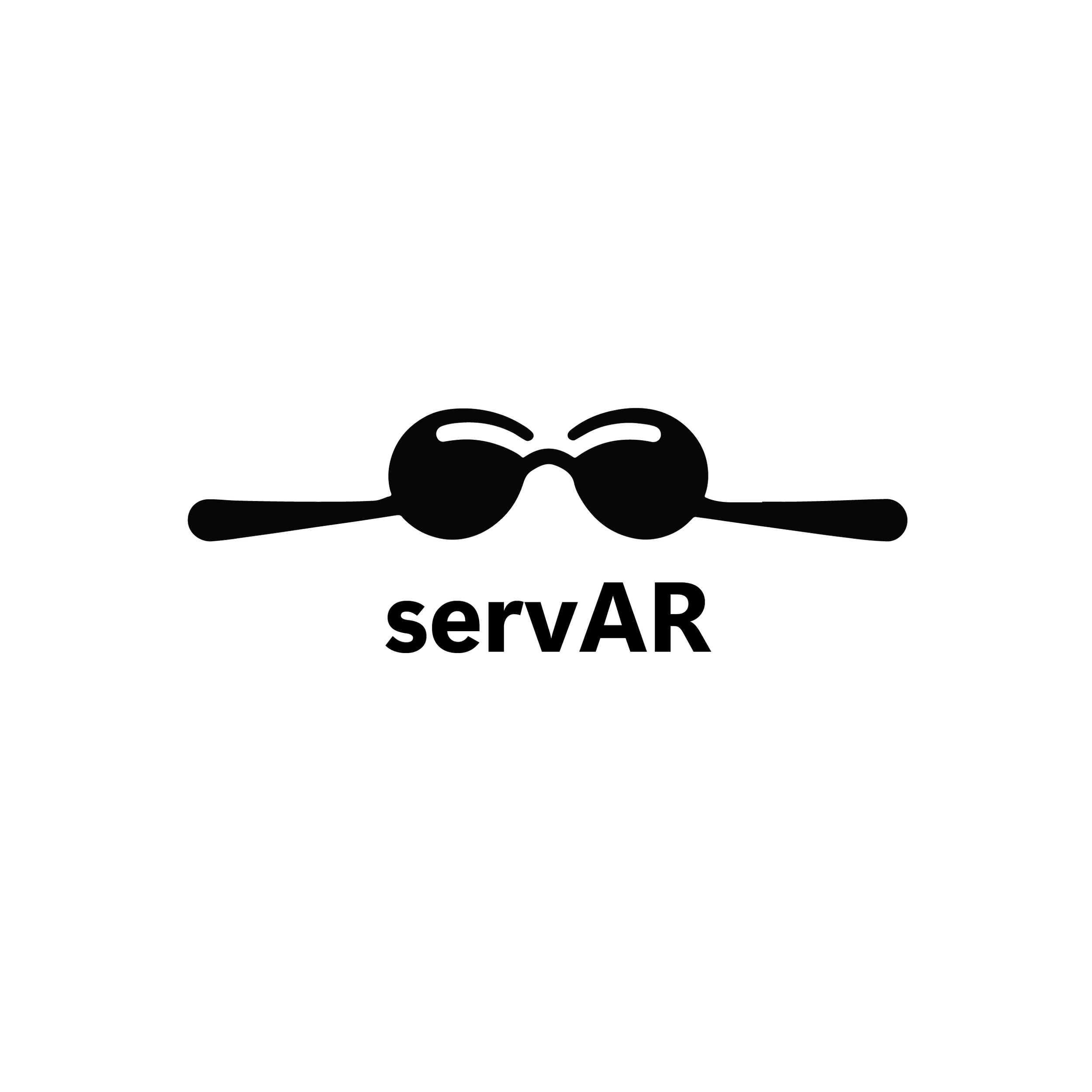servAR
Date: 2025 January
Team: Valerie Tse, Diego Martin, Bohan Lang
Type: XR Design Competition
Organized by: Meta, IDEO, ShapesXR, Logitech, and Immersive Insiders
This project is a 6-weeks design competition organized by Meta, lDEO, ShapesXR, Logitech, and immersive insiders.
Over the past six weeks, l had the incredible opportunity to participate in the immersive insiders XR Design Challenge with a proud team! servAR reimagines the dining experience by equipping servers and bartenders with AR tools to enhance customer service, streamline operations, and empower restaurant owners with data-driven insights
Overview
Current applications for AR in dining focus on the food; however, food only accounts for half of the restaurant experience. The atmosphere, concept, and service of a restaurant is what differentiates a common eatery from a beloved dining spot. Accordingly, our project seeks to integrate AR into the world of dining with a specific focus on the median between food and customer: the service staff.
By equipping servers and bartenders with AR technology, we can maximize the restaurant customer experience, reduce operational costs, and build a new pathway for small business owners to collect data and make better business-growing decisions.
Inspiration
We were inspired by our love of food and food service workers. Prior to starting his Master of Architecture program, one of our team members worked in a fast-paced Chicago restaurant and recalled how his initial experience of learning the ropes was inefficient. Gaining professional level mastery of menu items, order memorization and work-flow optimization took time. Not to mention the years it takes to build up the social skills required to communicate efficiently and effectively with customers. Being a service worker is hard. However, together our team used our research and design background to create an AR tool that would pave the way for future restaurants and service workers.
How We Built It
We began this project by doing research on current and future trends within the restaurant industry. It was shown that more and more restaurants ─predominantly fine dinning establishments with larger budgets─ were investing in customer analytics to tailor menus, develop marketing and adjust their in-house service strategies. Post-covid, many restaurants also implemented enhanced hygiene practices and recommitted themselves to ensuring dietary and allergy restrictions were catered to. Lastly, we noted all restaurants ─regardless of cuisine, size or rank─ experience high server turnover rates which lead to inconsistent service quality and increased training costs.
Our research helped us identify problems within this field. Next, we began storyboarding to develop a narrative that would showcase how, where, and when our product would address these problems. Once our storyboard was finalized, we began developing UI wireframes in Figma for each storyboard instance. Our team drew inspiration for our UI design from multiple restaurant management and POS system companies, including Toast, Open Table, and TouchBistro.
Simultaneously, we organized a cast and crew of collaborators to help us film a series of short videos that would correspond to the storyboard we had created. Once complete, we exported all wireframes from Figma as PNGs and began to overlay them on our video files using Davinci Resolve. We used Davinci for UI integration as well as post processing and exporting.
Challenges
One of the largest challenges we faced was choosing the best software and workflow to showcase our project capabilities. We briefly considered using Unity or ShapesXR to build out a fully immersive scene; however, we also wanted our video to take place in a fast paced, populated restaurant. We believe the latter need is more crucial to understanding the value of our project and with limited access to our restaurant location, we ultimately chose to combine Figma and Davinci to demonstrate our product use.
Accomplishments
We are very proud of how well our team applied our architectural design backgrounds to the world of XR. All of us have extensive experience in 2D and 3D design software; however, our collective video editing skills were limited. Furthermore, we are very proud of how fearlessly we dove into the world of videography and cinematography. Developing a storyboard, crafting a script, and managing a camera inside an active public space was not something any of us had done but we enjoyed the experience and are eager to build on these newfound skills.
What We Learned
Davinci Resolve was a completely new software to all of us. Most of our team had used Adobe Premier Pro in the past, but we were drawn to Davinci for its professional-grade color correction capabilities, integrated visual effects, and optimized high-resolution workflows. We also loved that it was an open-source tool which meant it was accessible to all team members. This made it possible for all of us to contribute and collaborate once we were moving from 2D UI graphic design into the video-editing space.
What’s Next?
With the fundamental elements of our product’s UI complete, our next step would be to build out the interaction interface on a platform like ShapesXR. We think ShapesXR would be the optimal platform for our project because it does not require prior code knowledge for triggers and allows for real-time collaboration on the same file. After developing a functional protype, we would seek 1 or 2 small restaurant partners that would be willing to participate in a pilot program for our product. During this pilot program we would collect data that would track the impact of servAR, such as wait times, customer satisfaction, server stress, training costs, and employee turn
Built With
Unity, Figma, davinci-resolve





